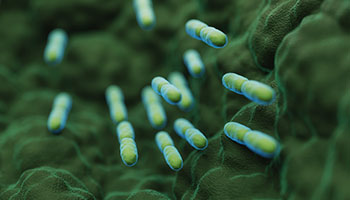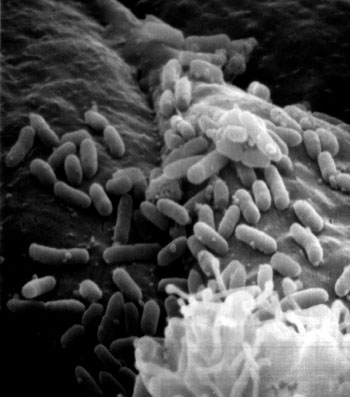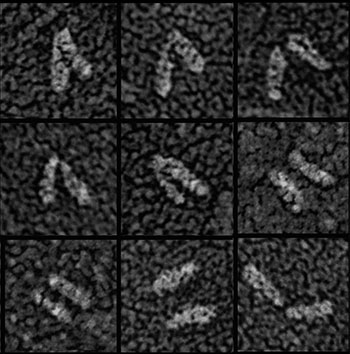HOW CAN WE HELP YOU? Call 1-800-TRY-CHOP
In This Section
Is a Vaccine Against Nontypeable Haemophilus Influenzae on the Horizon?

Joseph St. Geme, MD, and his research team identify two proteins for a potential vaccine approach against NTHi — the most common cause of bacterial respiratory tract infection.
mccannn [at] chop.edu (By Nancy McCann)
The findings:
Researchers at Children's Hospital of Philadelphia identified a potential vaccine approach against nontypeable Haemophilus Influenzae (NTHi) — the most common cause of bacterial respiratory tract infection. The investigators directed their research on two proteins that help the bacteria adhere to respiratory cells and are conserved across strains of the organism.
Why it matters:
NTHi is the main cause of middle ear infections and sinusitis in young children and of exacerbations of chronic obstructive pulmonary disease (COPD) in adults, resulting in significant morbidity. This organism is also an important cause of invasive disease such as sepsis and meningitis. Currently, there are no vaccines to protect against infection due to this organism.
A vaccine that protects against infection has been difficult to develop because there are many strains of NTHi. Surface antigens — distinctive markers for the recognition of a cell by the immune system and which are typically used for immunization — vary from strain to strain, and so antibodies against one strain of NTHi often do not protect against another strain.
Who conducted the study:
Joseph St. Geme, MD, physician-in-chief and chair of the Department of Pediatrics at CHOP was senior author, and Nadia Kadry, a University of Pennsylvania and Department of Pediatrics-based graduate student, was first author. They were joined by Hao Shen, PhD, a University of Pennsylvania collaborator, and Department of Pediatrics colleague Eric Porsch.

Scanning electron micrograph showing nontypeable Haemophilus Influenzae adhering to respiratory epithelium in vitro, mediated by the HMW1 and HMW2 adhesins.
How they did it:
The investigators focused on two proteins — HMW1and HMW2 — two high molecular weight adhesive proteins involved in NTHi colonization of the nasopharynx (upper part of throat, behind nose), the first step in the pathogenesis of NTHi disease. These adhesive proteins are exposed on the surface of the bacteria and are present in approximately 75 to 80 percent of NTHi strains.
Working with a murine model, the investigators found that administering these two adhesive proteins stimulated protective immunity against not only the parent strain of NTHi from which the adhesive proteins were derived, but also other diverse NTHi strains, highlighting the vaccine potential.
Quick thoughts:

High magnification transmission electron microscopy images of the HMW1 protein extending from the bacterial surface.
"Our study has identified two proteins that stimulate both an antibody response and a broader cell-mediated immune response that protect against diverse strains of NTHi Influenzae," Dr. St. Geme said, "and thus may be valuable for inclusion in a vaccine to protect against the full range of NTHi disease."
Where the study was published:
The study appears in Proceedings of The National Academy of Sciences.
Want to learn more?
Check out this CHOP press release.


